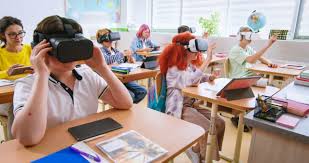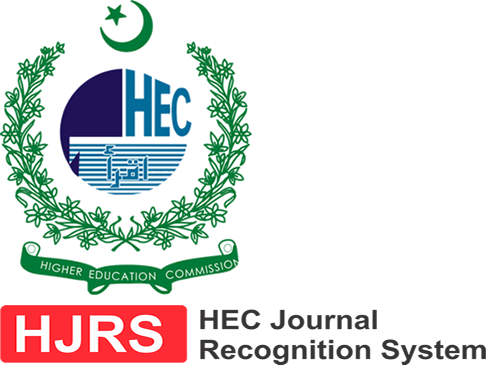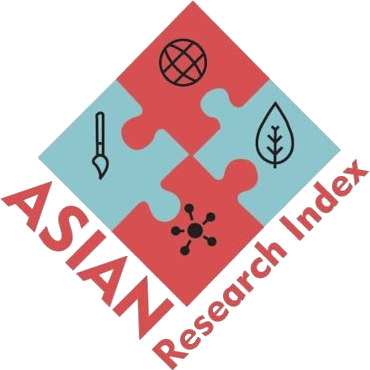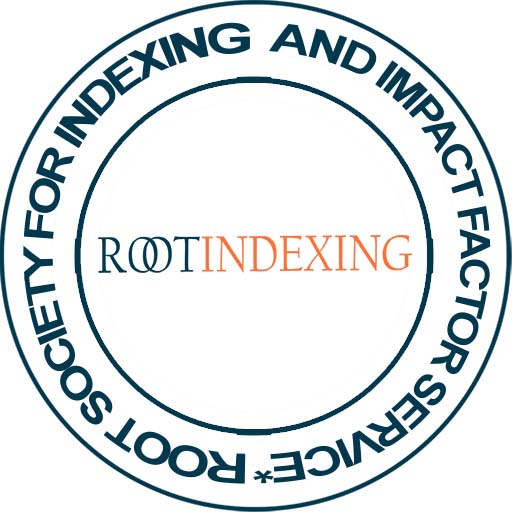AN ANALYSIS OF THE PERCEPTION OF SCIENCE STUDENTS ABOUT THE USE OF TECHNOLOGY IN CLASSROOMS AT THE SECONDARY LEVEL IN ISLAMABAD
DOI:
https://doi.org/10.5281/zenodo.10977894Keywords:
Digital Learning, Digital technology, Technology, PerceptionsAbstract
Since start of 21st century, use of digital technology increased in Pakistan to meet requirements of global changes in eduation. Study for “An analysis of the perception of science students about the use of technology in classrooms at the secondary level in Islamabad” was conducted and Objectives of the study were (1) to assess perception of students regarding use of technology in a classroom at the secondary level and; (2) to find out the availability of technology in teaching-learning process in Islamabad Model College for Boys. Data was acquired from secondary school students of class 9th, 10th and 11th, through a survey questionnaire. Study was descriptive in nature and straitified random sampling technique was used. Population was 8056 students and 499 students were sample. Findings shows that, using digital technology in the classroom might enhance students' learning. It was cocluded that digital learning is advantageous for each classroom. It is recommended that, much more work is required to be done to encourage a technological catch-up.
References
Christen, A. “Transforming the classroom for collaborative learning in the 21st century”. Techniques: Connecting Education and Careers”. 84(1), 28-31, (2009). & Costley, C, K. “The Positive Effects of Technology on Teaching and Student Learning”. Retrieved form https://files.eric.ed.gov/fulltext/ED554557.pdf. Document ID: ED554557. (2014). p-2 .
Carstens, J, K., Mallong, M, J., Bataineh, M. and Al-Bataineh, A. “Effects of Technology on Student Learning”. The Turkish Online Journal of Educational Technology. (2021), volume 20 (1), p.105 and Hakim, C. “Work-lifestyle choices in the twenty-first century: preference theory”. Routledge”.(2000), Retrieved form https://www.researchgate.net /publication/30530104_Work- Lifestyle_Choices_in_the_21st_Century_Preference _Theory, p.263.
Fisher, A., Exley, K., & Ciobanu, D. “Using technology to support learning and teaching”. Routledge, Taylor & Francis Group. (2014) and Carstens, J, K., Mallong, M, J., Bataineh, M. and Al-Bataineh, A. “Effects of Technology on Student Learning”. The Turkish Online Journal of Educational Technology. (2021), volume 20 (1), p.105.
Sülzenbrück, S., Hegele, M., Rinkenauer, G. and erhard and Heuer, H. “The Death of Handwriting: Secondary Effects of Frequent Computer Use on Basic Motor Skills”. Journal of motor behavior, 43(3):247-51, (2011). P.249
Egbert, J. “Supporting learning with technology: essentials of classroom practice. Upper Saddle River”, NJ: Pearson Merrill Prentice Hall. (2009).
Bay. Atlantic University. “How Does Technology Impact Student Learning?”. 3 June, 2022. https://bau.edu/blog/technology-impact-on-learning/.
Song, Y., and Kapur, M. “How to flip the classroom-"productive failure or traditional flipped classroom" pedagogical design?”. Educational Technology and Society, 20(1), pp. 292-305, (2017), p-294.
Purcell, K., Buchanan, J., & Friedrich, L.”The impact of digital tools on student writing and how writing is taught in schools”. National Writing Project. Pew Research Center. (2013),p-6.
Sülzenbrück, S., Hegele, M., Rinkenauer, G. and erhard and Heuer, H. “The Death of Handwriting: Secondary Effects of Frequent Computer Use on Basic Motor Skills”. Journal of motor behavior, 43(3):247-51, (2011). P.250
Park, S,Y. “An Analysis of the Technology Acceptance Model in Understanding University Students' Behavioral Intention to Use e-Learning”. Journal of Educational Technology & Society, 12(3), 150-162, (2009), p.150.
Meyer, E. J., Abrami, P. C., Wade A., and Scherzer, R. “Electronic portfolios in the classroom: Factors impacting teachers’ integration of new technologies and new pedagogies”. Technology, Pedagogy and Education, (2011), p.195.
Godzicki, L., Godzicki, N., Krofel, M., & Michaels, R. “Increasing motivation and engagement in elementary and middle school students through technology- supported learning environments”. (2013). Retrieved from website https://files.eric.ed.gov/fulltext/ED541343.pdf, p.50.

Downloads
Published
How to Cite
License
Copyright (c) 2024 AL MISBAH RESEARCH JOURNAL

This work is licensed under a Creative Commons Attribution 4.0 International License.
AL-MISBAH Research Journal is full open access and licensed under Creative Commons Attribution 4.0 International License; and Published by: Research Institute of Culture & Ideology (REINCI), Islamabad, Pakistan. This allows the research community and the general public to gain unlimited, free and immediate access to scholarly articles, and to reuse the content freely provided that proper attribution is given to the original authors.









